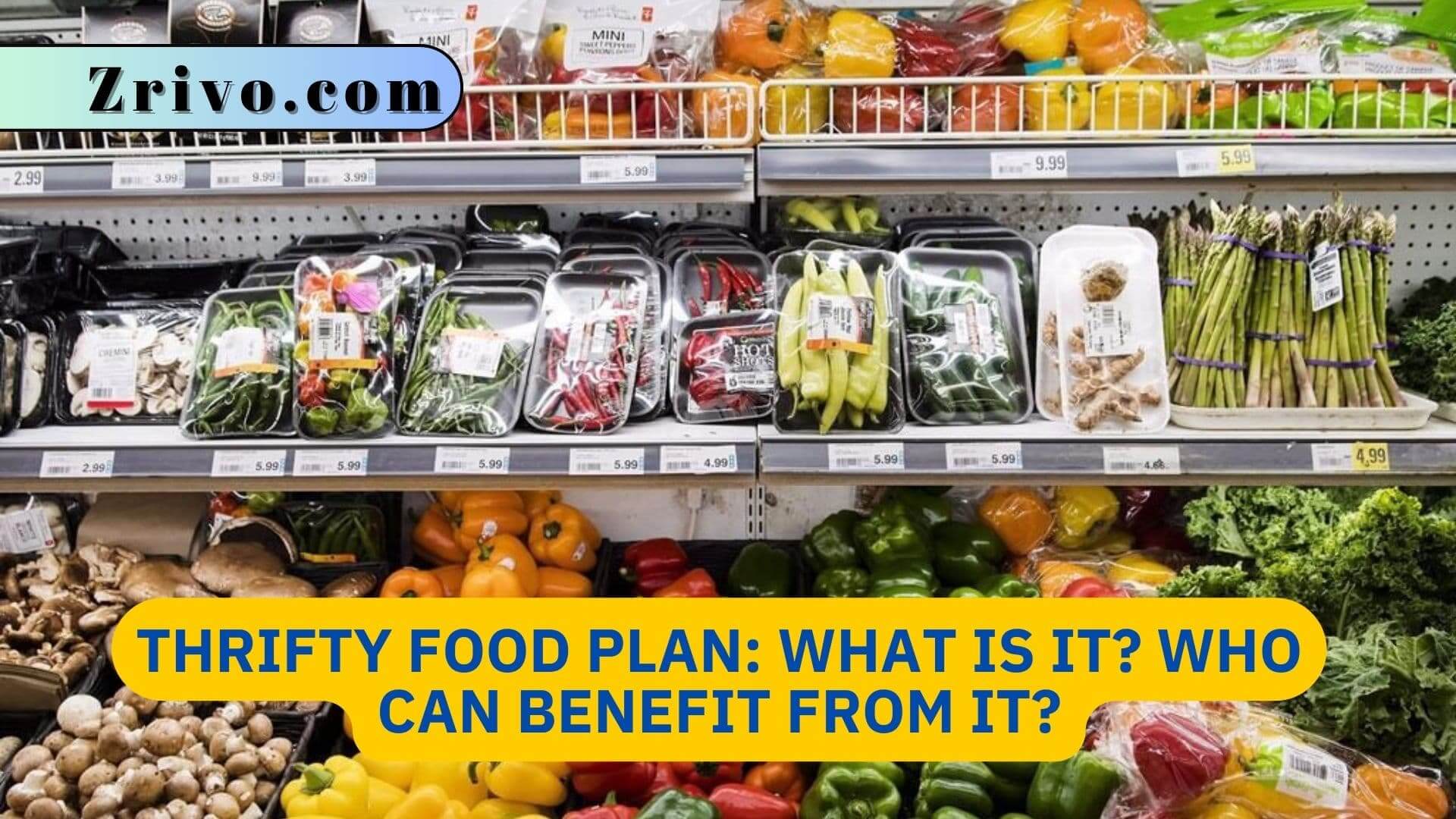
The Thrifty Food Plan is a meal plan that estimates the cost of budget-conscious groceries needed to provide healthy meals for a family of four. It is used as a basis for SNAP (formerly known as food stamps) benefit levels and provides meal planning tips and ideas to help low-income families stretch their food dollars. The Thrifty Food Plan is updated every year to reflect changing food prices and new dietary guidelines. Over 40 million Americans rely on SNAP benefits to buy the food they need to live. The amount of SNAP benefits received each month is determined by the U.S. Department of Agriculture based on the Thrifty Food Plan.
The Thrifty Food Plan is an important step forward in putting healthy foods within reach for SNAP recipients. The plan’s update is based on a recent, science-driven study showing SNAP benefits are not high enough to allow families to eat the diets recommended by health professionals and dietary guidelines. The reevaluation of the Thrifty Food Plan was mandated by Congress in the 2018 Farm Bill and follows a rigorous review of the methods used to determine the cost of a nutritious, affordable diet for low-income households.

What Happened to the Thrifty Food Plan?
The Thrifty Food Plan is one of four plans developed by USDA to estimate the cost of a healthy diet. It is used to calculate SNAP benefits and serves as the basis for inflation adjustments to Food Stamp allotments. The TFP is updated every several years to reflect changes in food prices, characteristics, and consumer spending patterns.
The TFP also sets the maximum benefit levels for SNAP participants. However, many experts on food insecurity have criticised the plan for not accurately representing what families actually spend on their groceries. For instance, it assumes that families spend more than two hours a day shopping for and preparing food. Considering that many SNAP participants work, this is unrealistic.
Fortunately, President Biden has called for a reevaluation of the TFP and its impact on SNAP benefits. The reevaluation will be based on current dietary guidelines, updated purchasing data, and more accurate information on the nutrient composition of foods and consumption patterns. The new TFP will be used to set SNAP benefits for the 42 million Americans who rely on it to put food on their tables.